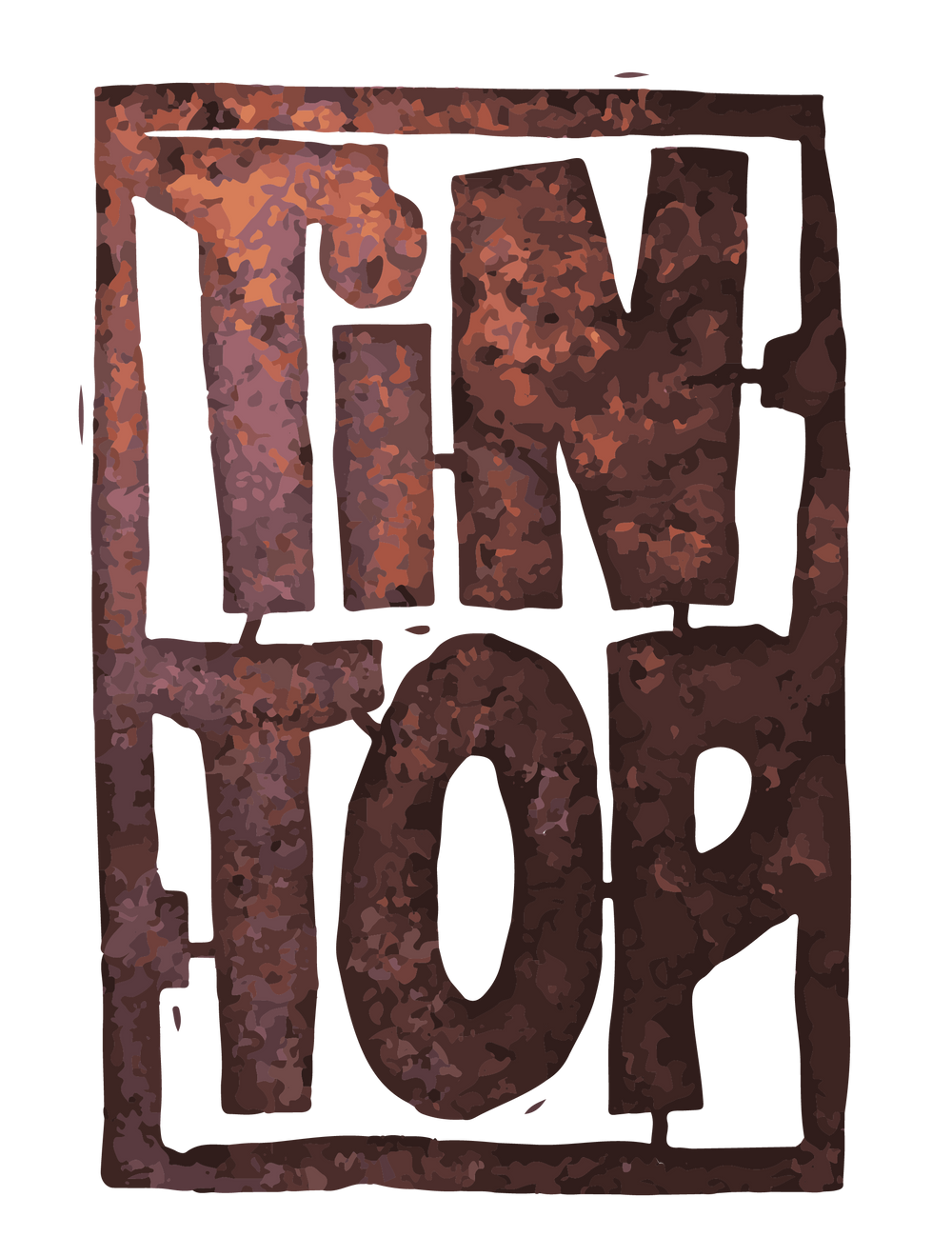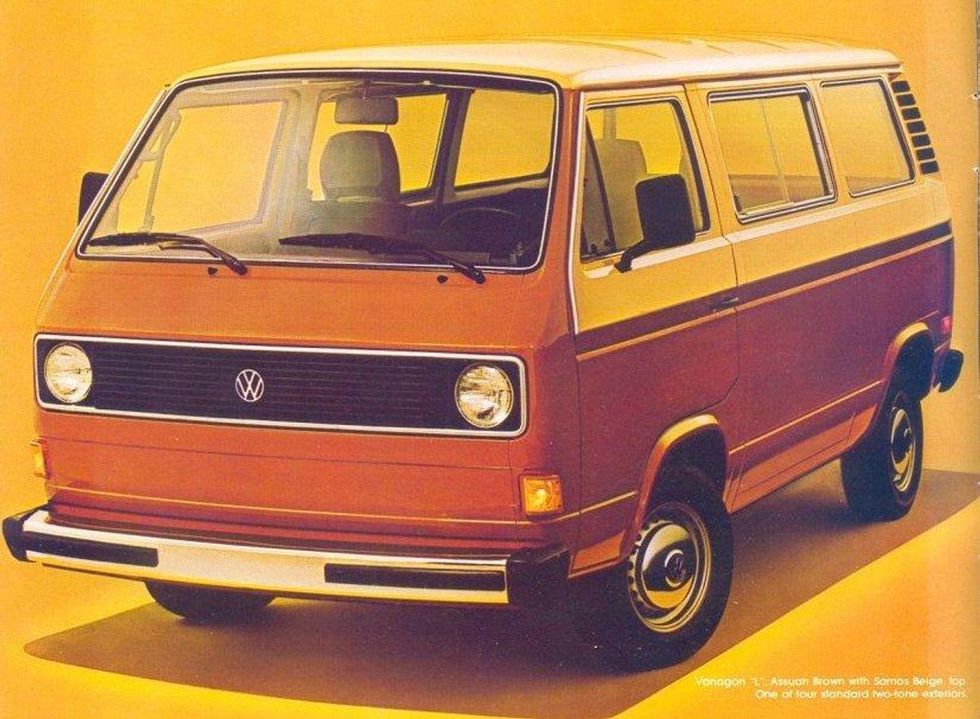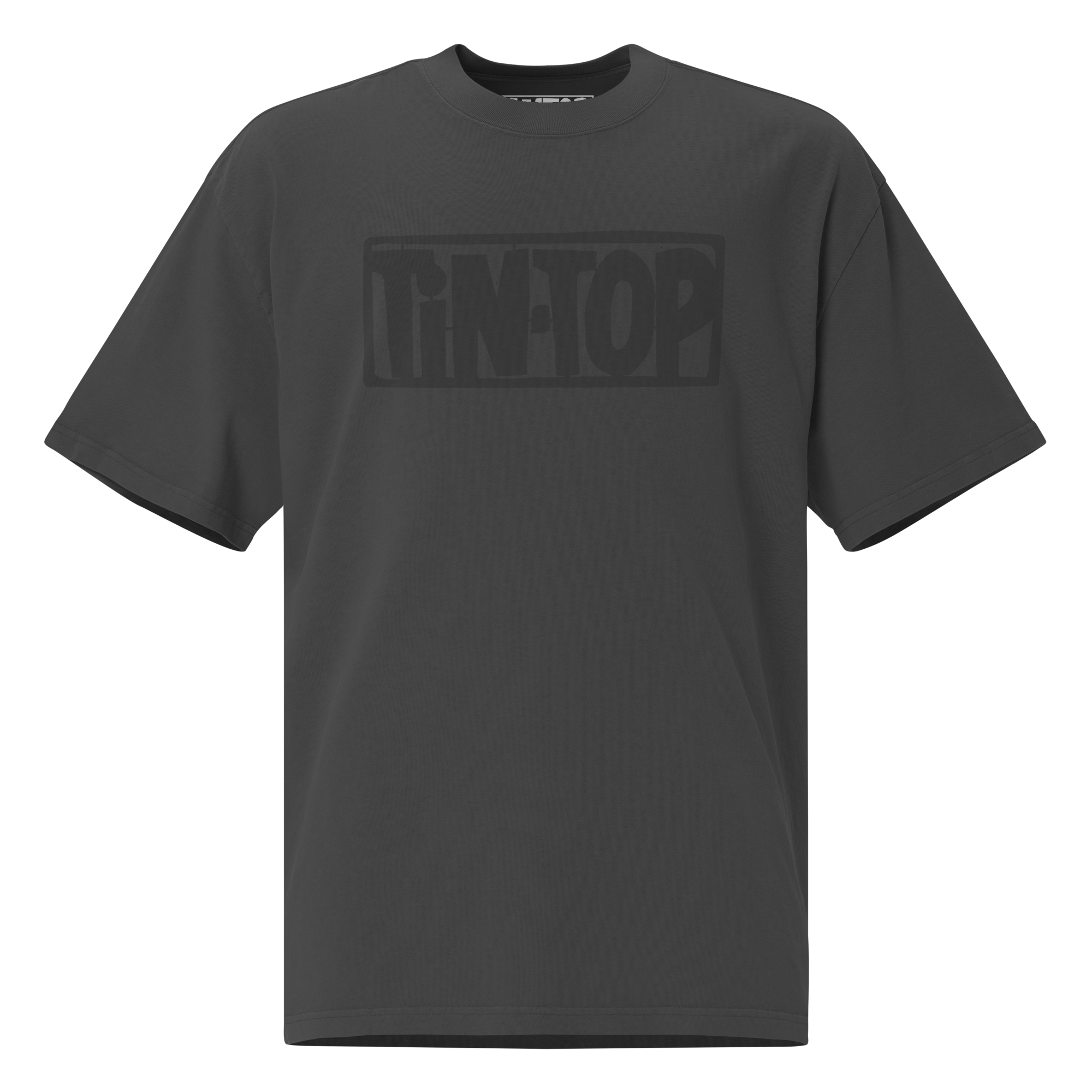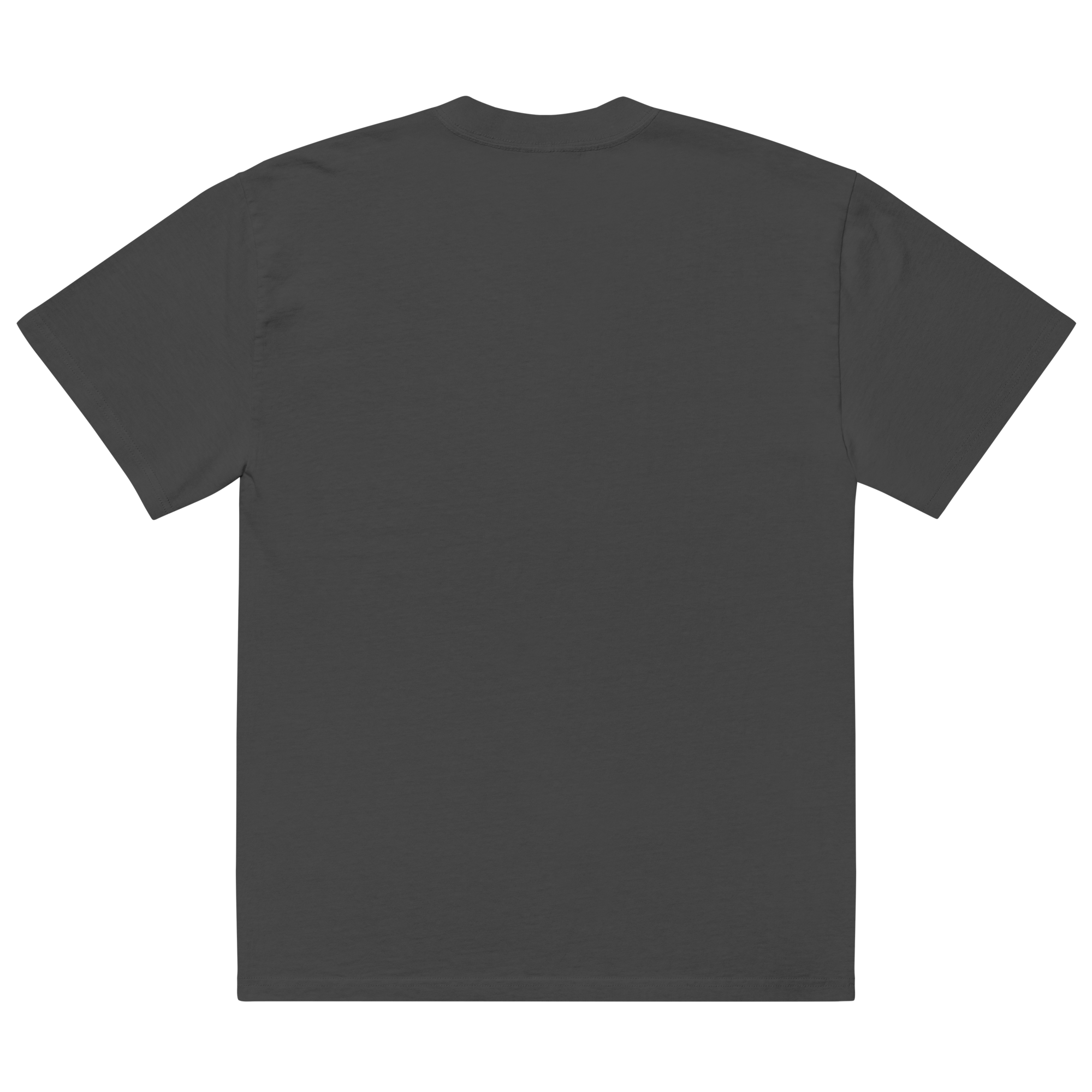But First, The Type 1
In the mid 1930’s a well-known and much-admired car designer by the name of Ferdinand Porsche collaborated with a well-known and much less admired dictator by the name of Hitler.
Hitler specified that a new “people’s car” or “volks wagen” should be able to accommodate two adults and three children, do 100km on 7l of fuel, and be air-cooled so, as to work in all climates from Siberia to the Sahara. The latter requirement perhaps giving a clue to his future ambitions.

Porsche designed the Type 60 which is very identifiable as a Beetle, but before it became the iconic Beetle it was named the V1, V2, V3, W30, VW38, and VW39. The cars were all prototypes or test vehicles, and they were made by Daimler Benz under commission from Porsche. By early 1938 the car had taken on the name KDF Wagen after the “Kraft durch Freude - Strength Through Joy” political organisation that was charged with promoting it, but by this stage it was still not available to the public. Later that year Hitler officially opened the Volkswagen factory and from that point onwards the little car had its name – the first of many as it happens.

In 1939 a disagreement between Germany and many of its neighbours ended the journey of the Volkswagen before it had even started. The war period saw the VW factory make all types of military vehicles which conveniently happened to all have similarities in design and engineering to the car designed by Porsche. They were known as the Type 82, the Type 166, Type 87, and more.

In 1945 the British occupying armed forces in Germany took control of the KDF factory, and after failing to convince any UK car company to run it they decided to manufacture the Volkswagen themselves. The British played a crucial role in reviving Volkswagen production, particularly through the efforts of Major Ivan Hirst. The British Military Government assumed trusteeship of Volkswagenwerk GmbH in June 1945. Major Hirst, as the Senior Resident Officer, was instrumental in transforming the armaments factory into a car company. By the end of 1945 1,785 had been built and were in use by the occupying powers and the postal service.

The town where the KDF factory was located was known as Stadt des KdF-Wagens bei Fallersleben, but in 1945 it was renamed Wolfsburg and as far as I can make out the car was officially designated the Type 1 the same year. It appears that was to be its name until Volkswagen decided in 1968 that it was to be known as the Beetle, although by that stage the car had 30 plus nicknames in various countries including local translations of bug, frog, turtle, bubble, cockroach, toad, tortoise, even and upside-down bathtub in Maltese.
The Type 2
The concept for the T1 van, also known as the Volkswagen Type 2, originated from Dutch Volkswagen importer Ben Pon, who sketched the initial design on April 23, 1947.

So, that meant when Volkswagen decided to make a second vehicle (lets ignore the military vehicles for now!), it needed a new number. If you think the naming history of the Type 1 was complicated, then hold on for a rattly ride as we hop into a Type 2.
The first Type 2 was the Splitscreen or Splitty as it is now known. It shared an engine and lots of components with the Type 1 and it had the same wheelbase and width. It was never known as anything other than a Type 2 in its lifetime, but in the 1990s the Volkswagen Van range started to get a generation number and the Splitty was retroactively named the Type 2 T1. The T likely stands for Transporter) and the 1 designates it as the first model.

Early models are known as T1A, or Barndoors. Many people assume this is because the side doors open outward like barndoors, but not so. It is because the rear engine compartment is as big as a barn and has a door over it. The later model also has doors that open like barndoors, but a smaller engine hatch, so they are not barndoor models, and are sometimes known as a T1B, at least up until 1964 when the upper rear hatch became larger (but not barn large) and it became a T1C. In that same year you could get an optional sliding door instead of the outward opening side doors.
In 1967 production ended. Except where it didn’t, such as in Brazil. This means that a post 1967 bus can be a Type 2 T1 even though the Type T2 started in 1968. But let’s not get ahead of ourselves as we haven’t even started on the various names for the T1 yet. Also, its worth reiterating that it wasn’t known as a T1 during its production run – that came later.
In 1962 VW created a heavy-duty version of the Type 2 that they called a Transporter. Most modern VW websites and literature have given the original Type 1 the designation Transporter, which I assume is to favourably associate it with the modern Transporter aka the Ford Transit (more on that later). You will come across websites referring to any model year of VW van as a Transporter.
The Type 2 T1 was also known as the Bulli, Hippie Bus, Hippy Bus, Splitty, Splittie, Splitscreen, Microbus, Beetle Bus, and lots of other names in other languages. In the USA the “Bus” was referred to as a Station Wagon.
Another popular name is Combi or Kombi, but technically that should only be applied to the Kombinationskraftwagen which was a basic model with side windows and removeable rear seats – but not much else besides for passenger comfort.
The factory approved camper conversion by Westfalia was known as a Campmobile in the USA or Westy everywhere else.
There was also a “Deluxe” Type 2 with 23 windows which is known as a Samba – although never by Volkswagen themselves.
The Type 2 T2 was introduced in 1967 and is also known by many names including Bay Window, Bay, Bread Loaf, and still the station wagon, bus, hippy van etc. Apparently in the USA the passenger model was named Clipper, although I have never heard that being used.

The Type 2 T25/T3 (see below) came to life in 1979 and was affectionately known as the Brick or the Wedge. The later water-cooled version was known as the Wasserboxer. In the USA this van was always called a Vanagon – supposedly a car crash between a Van and a Station Wagon. This generation also had a 4WD version called Syncro. The Kombi name remained, the Caravelle name was introduced for passenger models, and a high roof version was called the Joker.
Type 2 Timeline
German T1A: Barndoor – 1950 – 1955
Known for 16” wheels and the big engine door.
German T1B: 1955 – 1964
Known for 15” wheels and a smaller but still large engine door. In 1962 the “Transporter” was introduced with a larger load capacity (1,000kg up from 750kg) and 14” wheels. The engine was beefed up to 1.5L from 1.2L. In 1963 this became the standard and the old 1.2L 750kg model was discontinued.
German T1C: 1964 – 1967
Known for a larger rear cargo access hatch or door.
Brazilian T1: 1957 – 1975
Mostly the same as the German T1, but the larger wheels and some older body panel styles lasted longer in Brazil.
Brazilian T1.5 1975 – 1996
After 1975, the T1 was modified into the T1.5, which was produced in Brazil until 1996. The T1.5 retained the T1's rear and some other characteristic features (like cargo doors and 5-stud rims) but had a T2-style front end and larger taillights.
German T2A: 1967 – 1971 “The Early Bay”
The split screen front window disappeared and was replayed with a massive, curved bay window. The vehicle became fatter, longer, and heavier. It also arguably became a significantly more modern vehicle that is much less primitive to drive than a Splitty. Electrics became 12V and the engine was a 1.6L kW.
German T2A/B: 1972 “Crossover” (changes started in 1971 and ended in 1973)
In 1972 the front stayed funky and rounded with low down indicators and a wraparound bumper. The rear intake vents stayed round, and the rear bumper stayed round, but the rear lights became much larger and more prominent. Earlier in 1971 the 1.6L engine got a few extra horses to 37kW, and the engine bay became larger to accommodate new engines that were coming down the line. Also, in 1971 front disc brakes were introduced. 1972 is the year of the visual crossover with the mixed old and new bumpers and body panels, but some people refer to 1971 and 1973 cans as crossover models. One quick way to differentiate and original early bay from a late bay is that late bays have much smaller VW badges on the front.
German T2B: 1972 – 1979 “The Late Bay”
Changes kept coming through the 70’s with “pancake” or “Type 4” engines (yes, a Type 2 with a Type 4 engine), automatic gearboxes, fuel injection, standard seatbelts, emissions controls, and more. Crash protection improved. There was even a 4WD prototype. 1974 was the year that the body shape finally settled down and often you will see parts suitable for pre or post 1974 vans. If you have a 1973/4 van you may need to investigate your chassis number to know which to buy. To add to the confusion the year of registration, the year of manufacture, and the “model year” of your van could all be different.
Brazilian and Mexican T2s and the T2C
We already saw that Brazil made T1 variants until 1996, they then changed to building T2 lookalikes (I don’t mean that disparagingly – I just mean they look like T2s as opposed to T1s) known as the T2C. In 2005 they changed to only offer a water-cooled engine which kept the van in production until 2013 (it seems they offered an optional diesel water cooled engine from 1981). In Mexico the van was produced from 1970 to 1994 and as far as I can tell was only ever in the shape of the T2 or Bay Window. Mexico seems to have offered water cooled from 1987. Mexican buses ended up in Brazil and vice versa.
T25/T3: 1979 – 1992
Getting fatter and heavier the T25 as it is known in the UK was known as the Vanagon in the USA and the T3 in Europe. It is a big wedge-shaped box and very 1980s in design. Originally the T25 was provided with an air-cooled engine but in 1983 a water-cooled boxer engine (still in the rear!) finally ended VWs association with air-cooled motors – at least in Europe.
T4: 1990 – 2003
It all got a bit pedestrian in 1990 as the T4 was released with a water-cooled engine in the front – what a novel idea, and a modern car like driving position. The T4 even got a proper name, being badged as the “Transporter”, although of course there were other names. The one with seats was a Caravelle, the Japanese called it a Vanagon, and the Americans who has called the T3 a Vanagon called the T4 a Eurovan.
T5, T6 2003 - 2015, 2015 – 2024
I owned one and I loved it, but its not really a classic, so all I am doing is mentioning it for the sake of completeness. I say “it” rather than them as in reality the T5 and T6 are more or less the same vehicle – there is less difference between them than there is between a T2A and a T2B. You will also see T5.1 and T6.1 – these are facelift models.
T7 Multivan 2020 – Present
This is a car, not a van and is only offered as a car, not a van.
T7 Transporter
I don’t even know. I don’t want to research this. I don’t care. It’s made by Ford and it is based on the Transit Sport T8 but VW seem to call it the Transporter T7 which is confusing considering they also car the T7 Multivan the T7. VW’s marketing department is also referring to it as the “Bulli” which is a nickname for Transporters that is common in parts of Europe. They claim the line down the side of the van is the “Bulli Line” and is part of the vans DNA stretching back to the Splitty, despite the fact that the same line is on the Transit. It is the Splitty’s spiritual successor they will have you believe. Nope, it’s a Ford Transit. It only comes with Ford engines, and “Bulli Line” or no “Bulli Line” a blind man on a passing express train would recognise it as a Ford Transit. R.I.P. Type 2.

But wait – what about the ID. Buzz?
Oh yeah. According to the VW marketing department the ID. Buzz is the spiritual successor to the Splitty. Make up your mind VW. They have paid Ewan McGregor to advertise it with a nicely well-made set of adverts where he drives his Splitty to a warehouse, abandons it, and hops into said spiritual successor. The name Buzz comes from Bus, which the VW marketing department says is the common nickname for the Transporter. Hmm. Funny enough the 2011 prototype of it was called the Bulli. I tried to delve deeper into how VW convinced themselves that the Buzz looked like a T1, and all I found was a reference to the lead designer saying it had the same large logo on the front and was available in two tone paint. If that’s all it takes, then you could simply stick a VW badge on the front of a Ford Transit and call it a… oh wait…
Sources
https://www.kucarfa.nl/VW/VWT1GB.html
https://www.coolkombi.com/volkswagen-in-brasil/
https://en.wikipedia.org/wiki/Volkswagen_Type_2
https://www.heritagepartscentre.com/eu/history-of-the-t2-bay-window-bus
https://www.carmagazine.co.uk/car-news/first-official-pictures/volkswagen/transporter/
https://www.volkswagen.ie/en/new-cars/id-buzz.html
https://www.hemmings.com/stories/nicknames-volkswagen-type-2-transporter/







